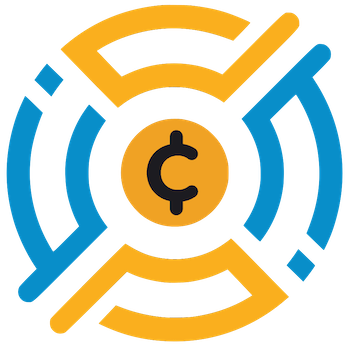While some may gloss over the recent decline of Cardano (ADA) as merely a typical market correction, it is impossible to ignore the underlying fragility that characterizes its current state. The cryptocurrency, ranked as the tenth-largest by market cap, endured a week of turmoil that saw a 6% decline in its value—yet still remains up an astonishing 159% for the year. This dichotomy between granular setbacks and a broader bullish trend signifies a market that is both resilient and precarious. It is tempting to view the recent dip as a simple pullback, but beneath the surface, the underlying sentiment reveals a potential shift that could either lead to a substantial rebound or deeper decline.
Market analysts are divided. Some argue that traders are turning bearish, indicating growing skepticism and a possible turn in momentum. Others, however, highlight technical patterns such as the inverted head and shoulders, which traditionally signify a bullish reversal. This divergence of opinion reveals how unpredictable crypto markets remain—subject to rapid shifts in sentiment that often defy rational analysis.
One cannot just take these metrics at face value. The market’s behavior is often disconnected from fundamental developments, which leads us to the next critical point: the development trajectory of Cardano is both significant and, paradoxically, insufficient to counteract its current market hesitancy.
Innovative Steps Bolstering Cardano but Not Yet Convincing Investors
The Cardano Foundation’s recent announcement of integrating tokenized e-books via partnerships with Book.io signals a significant step toward digital asset diversification. By introducing Decentralized Encrypted Assets (DEAs), the initiative aims to disrupt traditional distribution models for intellectual property, offering authors and consumers new ownership structures. Such innovations are notable, reflecting a genuine effort to leverage blockchain technology for real-world application.
Yet, the question remains whether these advances are enough to turn the tide of skepticism. Tokenizing books and enabling transferability may appeal to niche groups but are unlikely to influence broader investor confidence significantly amidst a bear market. The pilot project involving 2,000 copies of “I Can Aiken” is a promising start, but it is still an experiment—a proof of concept rather than a transformational change.
Meanwhile, the push for regulatory approval with the ADA ETF filed by Grayscale embodies a broader, more tangible catalyst for growth. With an 87% chance of approval according to recent market odds, this potential ETF could boost ADA’s legitimacy and attract institutional capital. Yet, history suggests regulatory processes in the U.S. are often unpredictable, and delays could prolong the current uncertainty. The market’s pricing in the ETF’s approval reflects cautious optimism, but optimism alone cannot undo years of market volatility and skepticism that have built up around ADA and similar tokens.
Leadership and Legacy: The Co-founder’s Commitment Amidst Controversy
Adding a layer of complexity is Charles Hoskinson’s recent disclosure surrounding the ADA Voucher Conspiracy investigation. The detailed audit by reputable firms cleared Hoskinson and the project of allegations involving the misuse of “genesis keys” during network upgrades. This transparency may help reinforce confidence, especially among investors skeptical of project governance. However, it also highlights the ongoing scrutiny that Cardano faces—scrutiny that can be as destabilizing as the market’s price swings.
In a space where trust is fragile and reputation is paramount, such investigations and their resolutions are vital. Yet, they also demonstrate that even the most promising projects are marred by shadows of controversy and behind-the-scenes maneuvering. While the clearing of misconduct is reassuring, it does little to mitigate the fears of institutional holders still wary of regulatory landscapes and market upheavals.
The Road Ahead: A Market Fable of Hope and Caution
Cardano’s path forward is riddled with paradoxes. On one hand, its technological innovations, partnerships, and legal clarifications portray a project with serious potential. On the other, current market sentiment remains fragile, and the broader ecosystem’s uncertainties continue to cast doubt on whether its recent progress can translate into sustained growth.
In my view, investors would do well to balance their optimism with realism. While the technological and strategic developments are commendable, they are not yet enough to fully counteract market volatility and regulatory risks. Cardano’s ability to maintain this delicate balance between innovation and stability will determine whether its future is one of sustainable growth or further turmoil. If history is any guide, the true test lies in how well it navigates these turbulent waters in the months ahead.















